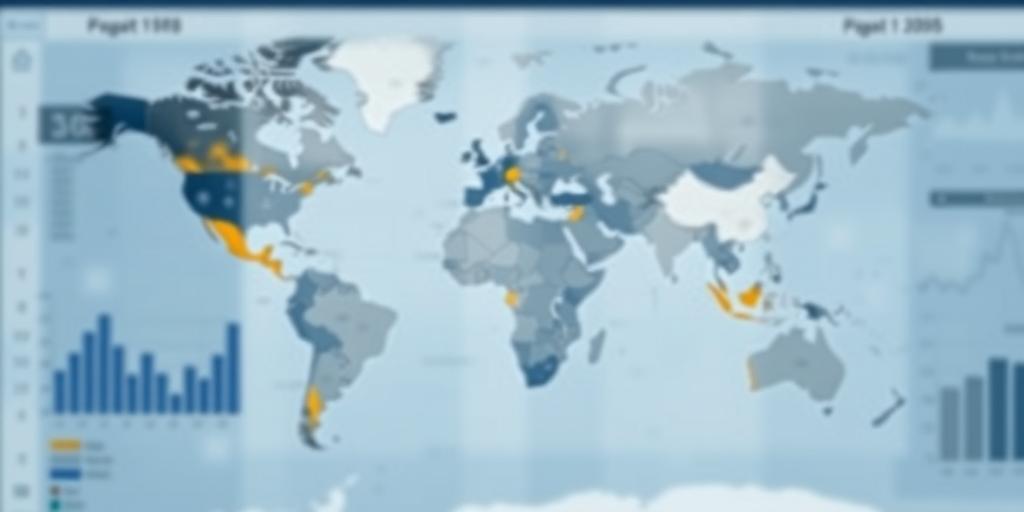Global Economic Forecast 2025: Navigating Uncertainty
The global economy faces a complex and uncertain outlook as we approach 2025. Several key factors are at play, including geopolitical tensions, inflationary pressures, and the ongoing impact of technological advancements. This report provides an informative forecast, analyzing potential scenarios and offering insights for businesses and policymakers.
Key Economic Indicators
- GDP Growth: Global GDP growth is projected to be moderate, with variations across regions. Emerging markets are expected to outperform developed economies, but all regions face challenges.
- Inflation: While inflation is expected to cool down from its peak in 2023 and 2024, it will likely remain above central bank targets in many countries. Supply chain disruptions and energy prices continue to be significant drivers.
- Interest Rates: Central banks are expected to maintain a cautious approach to interest rate adjustments, balancing the need to control inflation with the risk of triggering a recession. Further rate hikes are possible, but the pace and magnitude will depend on incoming economic data.
- Unemployment: Labor markets are expected to remain relatively tight, but some increase in unemployment is anticipated due to slower economic growth. Skill shortages in key sectors persist.
Regional Outlook
- North America: The U.S. economy is expected to experience slower growth, with potential for a mild recession. Canada faces similar challenges, with its economy closely tied to the U.S.
- Europe: The Eurozone faces significant headwinds, including the impact of the war in Ukraine and high energy prices. Economic growth is expected to be subdued, with some countries at higher risk of recession.
- Asia-Pacific: China’s economy is projected to continue its growth trajectory, but at a slower pace compared to previous decades. Other Asian economies, such as India and Southeast Asian countries, are expected to show stronger growth.
- Emerging Markets: Emerging markets face a mixed outlook, with some countries benefiting from higher commodity prices and others struggling with debt burdens and political instability.
Key Risks and Uncertainties
- Geopolitical Tensions: Escalation of geopolitical conflicts could disrupt global trade and investment flows, leading to lower economic growth and higher inflation.
- Energy Prices: Volatility in energy markets remains a significant risk, particularly for countries reliant on energy imports. Higher energy prices could exacerbate inflationary pressures and dampen economic activity.
- Supply Chain Disruptions: While supply chain bottlenecks have eased, they remain a potential risk, particularly if new geopolitical events or natural disasters occur.
- Technological Disruptions: Rapid technological advancements, such as artificial intelligence and automation, could disrupt labor markets and create new challenges for businesses and policymakers.
Policy Recommendations
- Fiscal Policy: Governments should adopt a prudent fiscal policy, balancing the need to support economic growth with the importance of maintaining fiscal sustainability.
- Monetary Policy: Central banks should carefully calibrate monetary policy, taking into account both inflation and economic growth. Clear communication is essential to manage expectations.
- Structural Reforms: Countries should implement structural reforms to improve productivity, enhance competitiveness, and promote inclusive growth.
- International Cooperation: Greater international cooperation is needed to address global challenges, such as climate change, trade imbalances, and debt crises.
Conclusion
The global economy faces a period of significant uncertainty in 2025. Navigating these challenges will require careful policy choices, proactive risk management, and greater international cooperation. By staying informed and adapting to changing circumstances, businesses and policymakers can mitigate risks and capitalize on opportunities.
